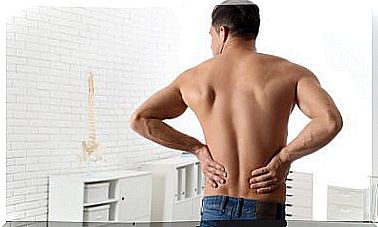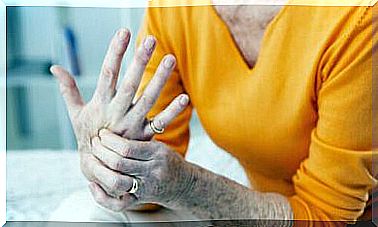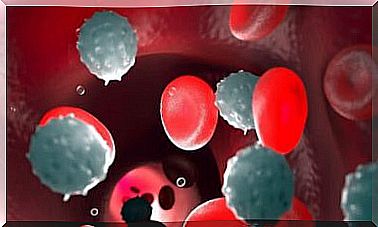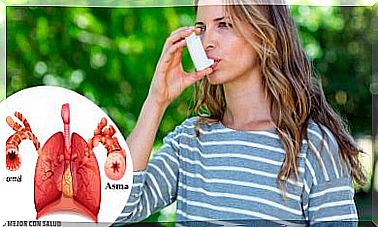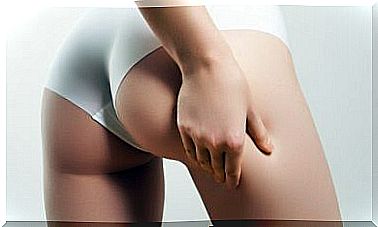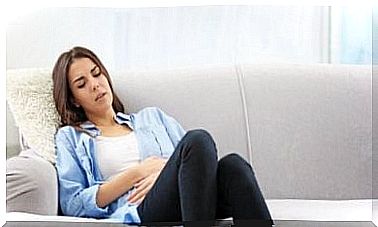Reducing The Damage Of Osteoporosis After Menopause
Osteoporosis is a bone disease that can originate more frequently in the woman’s body, after the onset of menopause. Remember that it is a disease closely associated with habits.
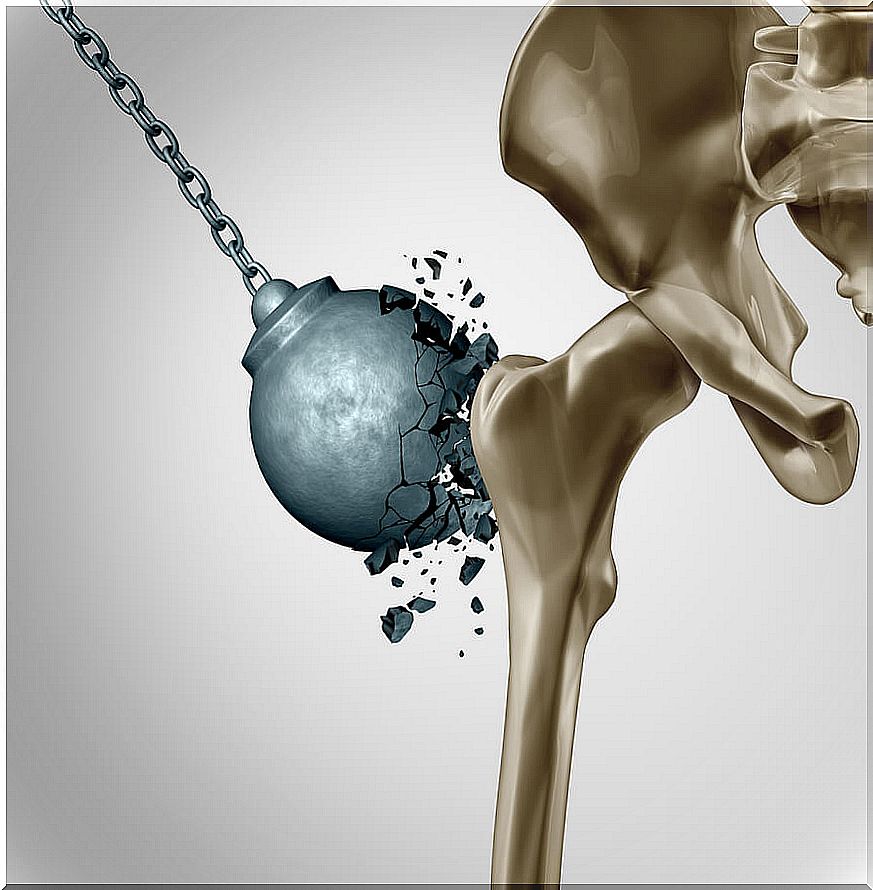
Time does not stop, it is inevitable . Fortunately, the present age allows us to enter old age with grace and strength. Even many individuals have managed to delay symptoms of disease or degenerative processes . An example of this is the case of women with osteoporosis after menopause.
It is a bone disease that causes weakening of the skeletal microarchitecture, which produces a loss of mass and strength in the bones, as stated in an article published in the Annals of Internal Medicine. This pathology is capable of generating unexpected fractures and fragility.
Sometimes, the development of this disease goes unnoticed, because its symptoms are silent. However, its appearance can manifest itself in a very painful way.
As the loss of skeletal mass increases, the holes in the internal tissues of the bone become larger. This brings as a consequence the structural weakening until causing the breakage. It is common to find, among those affected, vertebral injuries or deformities in the spine.
Women and osteoporosis
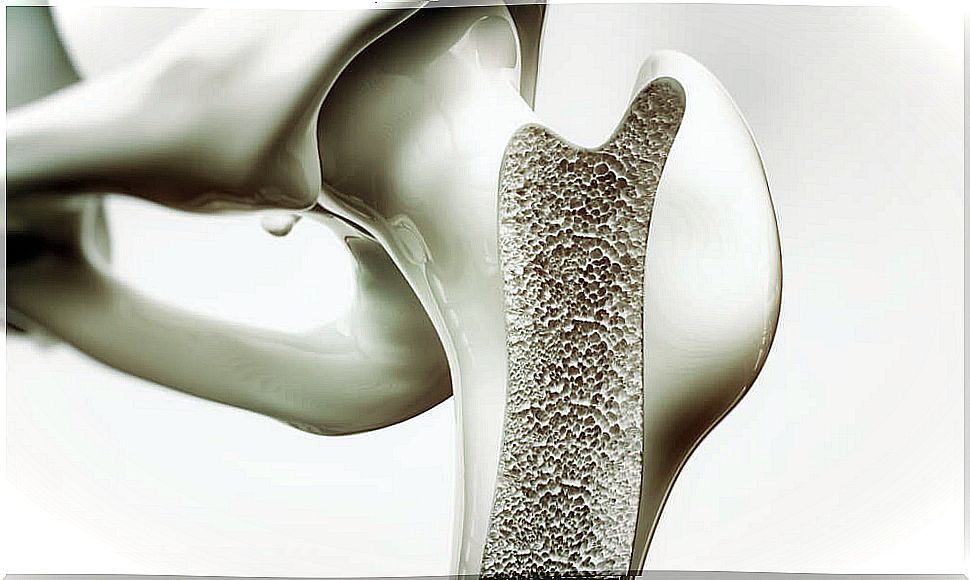
Some diseases tend to appear more in one group of people than others, due to the organic conditions that occur. In the case of osteoporosis, age and gender are two important influencing factors.
Upon reaching adulthood, a decline in bone quality begins. Therefore, it is a pathology that usually appears in old age. In addition, the United States National Library of Medicine indicates that women are more likely to suffer from this condition due to losses of structural calcium derived from lower estrogen production.
In this sense, eating habits before and during menopause can increase the risk of suffering from this condition. Especially if you have a genetic history or calcium deficiencies.
Some research has determined that the hereditary factor plays a role in the incidence of the disease. Likewise , osteoporosis after menopause is one of the most frequent pathologies.
Coping With Osteoporosis After Menopause

A healthy lifestyle involves taking care of your diet and increasing physical activity. In the case of osteoporosis after menopause , the key is a diet rich in calcium and vitamin D. It is advisable to go to specialists who can develop the appropriate plan according to the type of case.
Green vegetables and some seeds have more of these nutrients than traditional dairy products. On the other hand, magnesium is excellent as a food supplement. As for vitamin D, sun exposure and the consumption of certain foods, such as fish, would also contribute to its contributions.
To move the body!
Not everything is based on food. Physical activity has been shown to maintain the quality of muscles and bones over time. Although exercise intensity may decrease after menopause, it is important to do your best to maintain it. Strength exercises contribute to reducing the incidence and severity of this pathology, according to a study published in 2019.
A daily 20 minute walk always helps. Sports or exercises that allow you to go against gravity serve to increase bone density. A good example of this is yoga.
In all cases, it is also advisable to have the supervision of qualified physical trainers who develop a training plan adapted to each person. This is an important aspect in reducing the risks of traumatic events for the skeleton and muscle tissues.
As with good habits, in some cases physiotherapy manages to reduce the negative effects that the appearance of the disease brings on the body.
Osteoporosis after menopause: calm and prudence

It has been shown that excessive consumption of certain types of foods can lead to risk of fractures, such as those rich in simple sugars or trans fats. The same goes for cigarettes and alcohol. They are products that promote bone destruction.
Likewise, immobility or excessive sedentary lifestyle would promote weakness in the bones, increasing the sensation of pain. However, the exercises should be carried out with the greatest moderation and prudence to avoid accidents.
For all these reasons, a proper diet before and during menopause, as well as frequent physical activity and eliminating bad habits, can significantly help avoid complications during this stage, such as osteoporosis.
